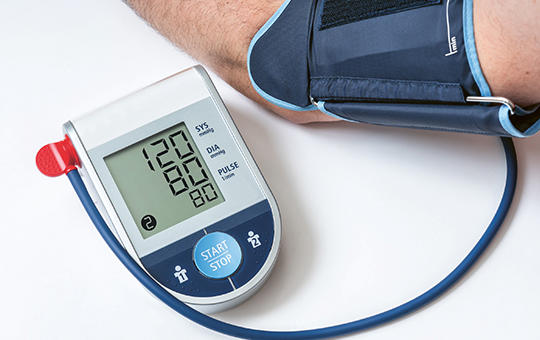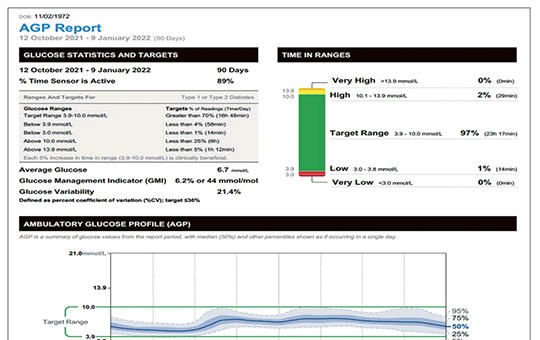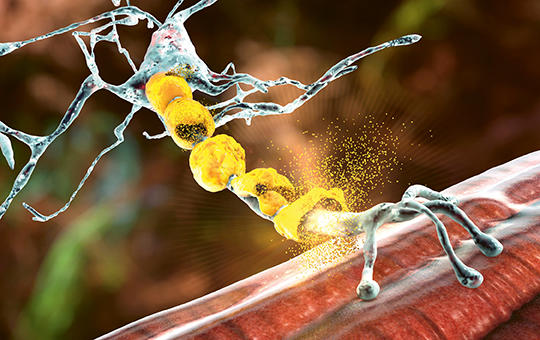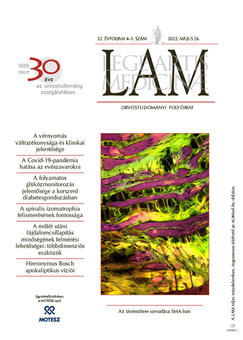The eLitMed.hu medical portal uses computer cookies for convenient operation. Detailed information can be found in the Cookie-policy.
Lege Artis Medicinae - 2022;32(04-05)
Content
[Blood pressure variability and its clinical importance]
[The 24-hour and longer-term (weeks, months, years) as well as seasonal, regional variations and fluctuations of blood pressure have been known for long time in both normotensive and hypertensive patients. It is also well known and established that blood pressure variability is greater in patients with more severe hypertension and in the elderly population. In the last decade and actually, the variability of blood pressure has come into new light by meticulous analysis of numerous causal factors and consequences influencing its fluctuation. The real diagnostic and prognostic value of blood pressure variability and its role in the assessment of successful antihypertensive treatment have also been favoured. In our review, we summarise the physiological and pathophysiological principles of blood pressure variability, including also the significant importance of allostasis in the new approach. We overview the methods of measuring the blood pressure variability and its real importance related to the results obtained. We analyse the importance of non-adaptive levels of blood pressure variability in asymptomatic cases and apparent conditions, further in diagnostic projections and monitoring the treatment. Based on our own experience, we also present the future options of exploring the fluctuating blood pressure.]
[The effect of COVID-19 pandemic on eating disorders]
[The COVID-19 pandemic increased the incidence of many mental disorders inclusive that of eating disorders as it was realised in case of anorexia nervosa, bulimia nervosa, and other eating disorders. As a result, eating disorder symptoms were worsening and the relapse rate became higher. In the background the following factors may have played an important role: change in the food availability, increase of fearing weight gain, the impact of social media, some special webpages became more important in the light of social isolation, social comparison became more pronounced, exercise limitations, negative effects of stressful life events as the increase of family conflicts. The mental health consequences of pandemic highlight the importance of psychoeducation, primary and secondary prevention in the field of eating behaviours as well. ]
[The importance of continuous glucose monitoring in modern diabetes care]
[It is no exaggeration to say that there is a paradigm shift in the diabetes care. Since 2015, the driving force behind are primarily the widely spreading sensor technologies instead of the new insulin products and treatment regimens. The rapidly spreading sensor technologies are applied in more and more countries financially supported in type 1 diabetes since 2015. The use of Continuous Glucose Monitoring (CGM, tissue glucose sensor, simplified as sensor), which includes both real-time CGM (RT-CGM) and intermittently scanned CGM (isCGM), has grown rapidly over the past few years by improving sensor accuracy, greater convenience and ease of use, and expanding support of reimbursement. Numerous studies have demonstrated the significant clinical benefits of using CGM in diabetic patients, regardless of the type of insulin treatment. In this summary, we review the practical aspects of glucose monitoring, the optimal frequency of monitoring, the effectiveness, reliability, and role of continuous glucose monitoring systems.]
[Options for assessing the quality of postoperative pain relief: multidimensional measurement tools]
[Inadequat treatment of postoperative pain may have several adverse consequences. Its effective and efficient management requires regular pain assessments with valid and reliable pain assessment tools. The main features of unidimensional pain assessment scales were discussed in our previous paper. Their most important disadvantage is that they measure only the pain intensity, which did not necessarily provide sufficient and reliable basis for clinical decision making. The main goal of this paper is to review multidimensional measurement tools for assessment of postoperative pain, their main components, and applications based on summary of the relevant literature. While using the PICO (population, intervention, control, and outcomes) technique of systematic literature research, we identified 396 accessible and evaluable articles in total, from which we summarize the results of the most important 41 English and 4 Hungarian publications. Among the multidimensional pain assessment tools we discussed thoroughly the American Pain Society Patient Outcome Questionnaire (APS-POQ-R), the Swedish Strategic and Clinical Quality Indicators in Postoperative Pain Management (SCQIPP) questionnaire, and the characteristics of the patient outcome questionnaire of the German Quality Improvement in Postoperative Pain Management Project (QUIPS). Contrasted to unidimensional scales, multidimensional measurement tools do not evaluate only the intensity of pain, but its other dimensions, and psychosocial aspects. Thus they give a more accurate picture of its nature, however, their application of specific scales requires more time and diligence, and the scope of patients is more restricted. Consequently, unidimensional scales are more suitable for supporting the clinical practice, in cases where the multidimensional questionnaires cannot be used. In contrast, whenever the circumstances permit, multidimensional scales should be used, especially for quality improvement and research purposes.]
[The significance of recognising spinal muscular atrophy]
[Spinal muscular atrophy (SMA) is a rare autosomal recessive, progressive neuromuscular disorder leading to severe proximal muscle weakness and atrophy. The spectrum of disease severity ranges from early onset severe form to the slowly progressive adult-onset type. Milder and adult forms of SMA are underdiagnosed. Due to understanding the genetic background of SMA, an increasing number of disease-modifying treatment options have become available in recent years, responsible for the modification of the natural course of the disease. Updated consensus statement for standard of care is necessary. Besides the motor function alterations, health-related quality of life measurements are highlighted for estimating the impact of SMA, and the effectiveness of specific therapies.]
1.
Clinical Neuroscience
Is there any difference in mortality rates of atrial fibrillation detected before or after ischemic stroke?2.
Clinical Neuroscience
Neuropathic pain and mood disorders in earthquake survivors with peripheral nerve injuries3.
Journal of Nursing Theory and Practice
[Correlations of Sarcopenia, Frailty, Falls and Social Isolation – A Literature Review in the Light of Swedish Statistics]4.
Clinical Neuroscience
[Comparison of pain intensity measurements among patients with low-back pain]5.
Journal of Nursing Theory and Practice
[Fear of Falling among Geriatric Patients: a Narrative Review]1.
2.
3.
4.
5.













